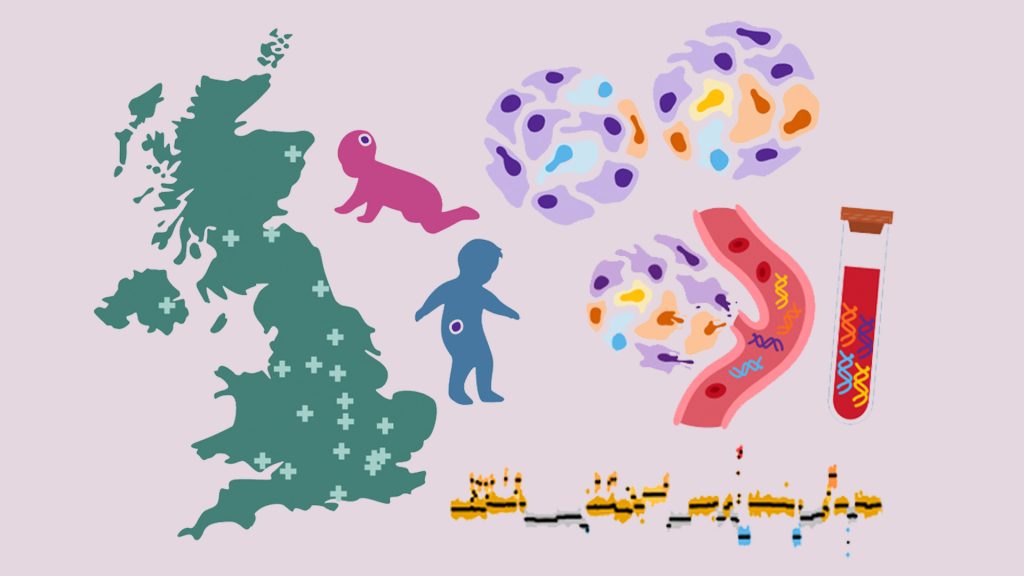CRISPRcleanR WebApp makes your life easier with CRISPR-Cas9 screens

A web-based application developed by the Iorio Group and the IT & digitalisation team at Human Technopole helps non-computational scientists process and analyse CRISPR-Cas9 screens by reducing false-positive hits.
CRISPR/Cas9 technology has become the gold standard for genome and epigenome editing, for studying the regulation of gene expression, and for high-throughput screenings aiming at identifying new therapeutic targets for cancer and other diseases. In a typical viability CRISPR/Cas9 screen, the experimental models of interest (e.g., cultured cells, organoids, living animals, etc.) are engineered to express the DNA-cutting enzyme Cas9. Paired with the delivery of a pool of single-guide RNAs (sgRNAs), this model allows a precise and efficient inactivation of any gene. Cells transformed in this way are subsequently subjected to selective pressure via drug treatment, proliferation stimuli, or viral/pathogen infections. This allows the reliable identification of genes essential for coping with a given challenge or generally critical for cellular survival. However, when the sgRNAs target highly amplified regions of the genome (an alteration that is particularly frequent in cancer), a ‘copy number alteration effect’ (CNA effect) is observed, resulting in cell death regardless of the functional status of the targeted gene. Hence, correcting the CNA effect is crucial to reduce the identification of the so-called “false positive” hits in a CRISPR/Cas9 screen.
To lower the CNA effect, Francesco Iorio – now Group Leader at the Computational Biology Research Centre at Human Technopole – and Mathew Garnett, Principal Investigator at the Wellcome Sanger Institute, Cambridge, UK, developed CRISPRcleanR: a freely-available computational tool that identifies and corrects false positive responses from CRISPR-Cas9 screens1. CRISPRcleanR works in an unsupervised manner (i.e., without making any assumption on gene essentiality or requiring information on the genomic copy number status of the screened model). Still, its more advanced functions require solid computer programming skills.
To maximise the overall accessibility and effectiveness of CRISPRcleanR to non-computational scientists, Alessandro Vinceti and Riccardo De Lucia, members of the Iorio Group at Human Technopole, have now developed CRISPRcleanRWebApp. This user-friendly and interactive web application, presented in an article published in Cell Reports Methods, enables all non-computational researchers to analyse and process CRISPR-Cas9 screens – starting from raw unprocessed next-generation sequencing data – thanks to its intuitive graphical user interface. Essential for the realisation of CRISPRcleanRWebApp was the collaboration between the Iorio Group and Luca Mauri, Carlos Fernandez, Krzysztof Kluczynski, and Daniel Anderson – members of the Human Technopole IT & digitalisation team – who set up the IT infrastructure and technologies required for hosting the web application in-house.
CRISPRcleanRWebApp is freely available at https://crisprcleanr-webapp.fht.org/. The app offers effective user interaction on a wide variety of devices, including tablets and smartphones, supports a large set of CRISPR libraries, and produces readily usable and interpretable results by all scientists without requiring any data pre-processing or prior knowledge of computer programming. Results are summarised in plots that can be explored and downloaded in diverse graphic formats or post-processed for more advanced uses.
In summary, Vinceti, De Lucia, and colleagues developed the first in-house, industry-grade, open-source tool for analysing CRISPR/Cas9 screens. Importantly, CRISPRcleanRWebApp represents one of the first examples of Human Technopole’s commitment to embracing the principles of open science and fosters transparent and accessible scientific knowledge that is shared and developed using digital technologies.
1. Iorio, F., et al., Unsupervised correction of gene-independent cell responses to CRISPR-Cas9 targeting. BMC Genomics, 2018. 19(1): p. 604.




